In a world where digital escapism reigns supreme, gothic gaming has carved out a hauntingly beautiful niche. These games—drenched in shadows, layered in lore, and soaked in melancholy—do more than simply entertain. They unearth the psyche, confront the unknown, and pull us into realms where fear, beauty, and tragedy collide. But what truly sets gothic games apart from their mainstream counterparts is one defining element: immersive storytelling.
Immersive storytelling isn’t just a feature—it’s the lifeblood of gothic gaming. It seduces the player, wraps them in layers of myth and mystery, and slowly unfolds its twisted secrets. Let’s delve into how immersive storytelling shapes the gothic gaming genre, why it matters, and how it transcends the screen to linger in our thoughts long after the game is over.

Setting the Stage with Gothic Atmosphere
Every compelling story needs a world that breathes, and in Gothic games, the world moans. Cobblestone streets glistening with rain, flickering candlelight in decrepit mansions, forests that whisper secrets with every breeze—these are not mere backgrounds, but characters in themselves. From Bloodborne’s cursed Yharnam to Castlevania’s crumbling castles, the environment oozes dread, decay, and a beauty that’s both grotesque and captivating.
Storytelling begins with the environment. Players are enveloped in oppressive ambiance, which naturally provokes questions. What tragedy befell this place? Who haunts its halls? Why does everything feel like a memory too painful to remember?
Through visual cues—bloodstains, broken statues, half-burned letters—and atmospheric audio—distant sobbing, creaking wood, dissonant violins—the game tells its story without words. This is a signature of gothic storytelling: show, don’t tell, and let the player feel the lore before they ever read or hear it.
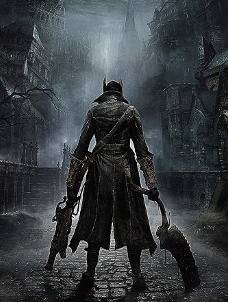
Themes of Loss, Madness, and Identity
Gothic stories are drenched in sorrow, and the best gothic games tap into the human soul’s most vulnerable fears. These themes are not optional—they are core to the experience:
- Loss is ever-present. Whether it’s a fallen kingdom, a dead lover, or a forgotten past, something precious has been stripped away.
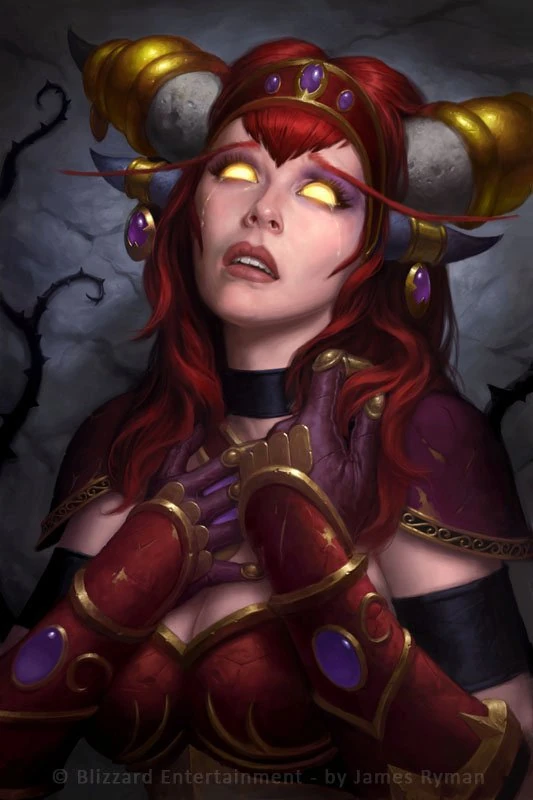
- Madness blurs the line between reality and nightmare. Are you truly fighting monsters, or is the monster within?

- Identity often dissolves as characters (and sometimes players) question who they are or what they’ve become.

Immersive storytelling gives these themes emotional gravity. In Pathologic, the plague-ridden town is both a setting and a mirror for human suffering. In Amnesia: The Dark Descent, the protagonist’s fading memory becomes a gameplay mechanic, forcing players to experience the unraveling of self.
This emotional entanglement makes the horror more personal, the triumphs more cathartic, and the tragedies more lingering. It is storytelling with teeth—and it bites deep.

Lore Unlocked Through Exploration
One hallmark of gothic storytelling in games is the non-linear revelation of lore. The story isn’t handed to the player—it’s buried, waiting to be exhumed. And just like a gothic novel, piecing together the fragments is part of the thrill.
Games like Dark Souls pioneered this method. Item descriptions, cryptic NPC dialogue, and environmental details all act as puzzle pieces. Players become archaeologists of the damned, unearthing truths buried beneath centuries of rot.
This technique deepens immersion because the player becomes the storyteller. The act of discovery is no longer passive—it’s earned. The truth, often horrible or tragic, doesn’t shout; it whispers, and only the curious hear it.

Moral Ambiguity and Philosophical Depth
Immersive storytelling in gothic games rarely offers black-and-white answers. Instead, it thrives in the grey spaces, the moral swamps where right and wrong tangle like dead roots. Choices are complex, consequences are haunting, and sometimes… there is no salvation.
In Vampyr, you play a doctor turned vampire—constantly balancing your oath to save lives with the bloodlust gnawing at your soul. Every victim is a story, a life, a choice. In The Cat Lady, psychological horror meets mental health themes, and the narrative dares you to consider what healing truly looks like in a broken world.
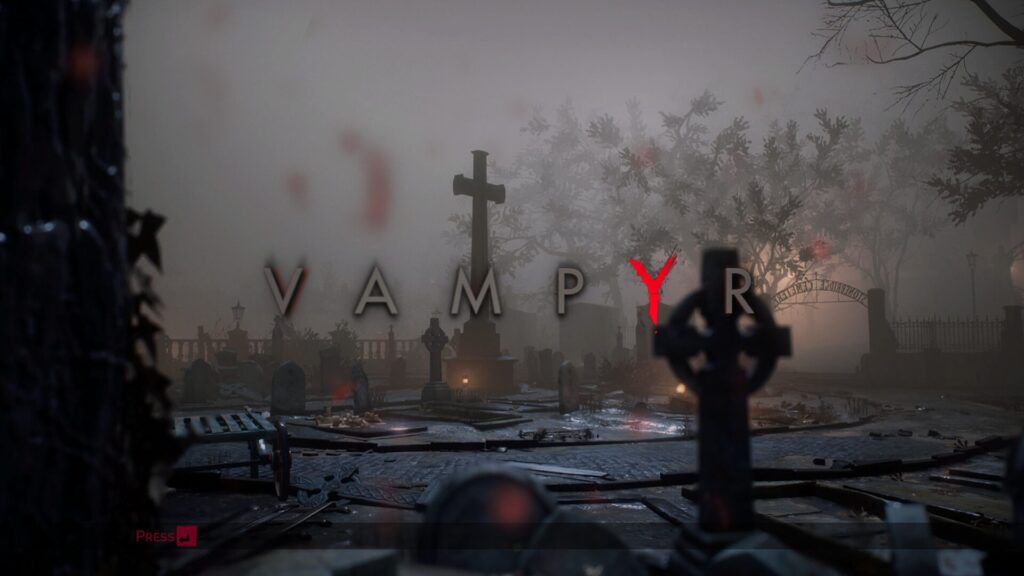
Gothic games don’t just ask, “What will you do?” —they ask, “What does your decision say about you?”
This introspection is where storytelling becomes a mirror, and gothic horror becomes a path to self-discovery, even through shadows.
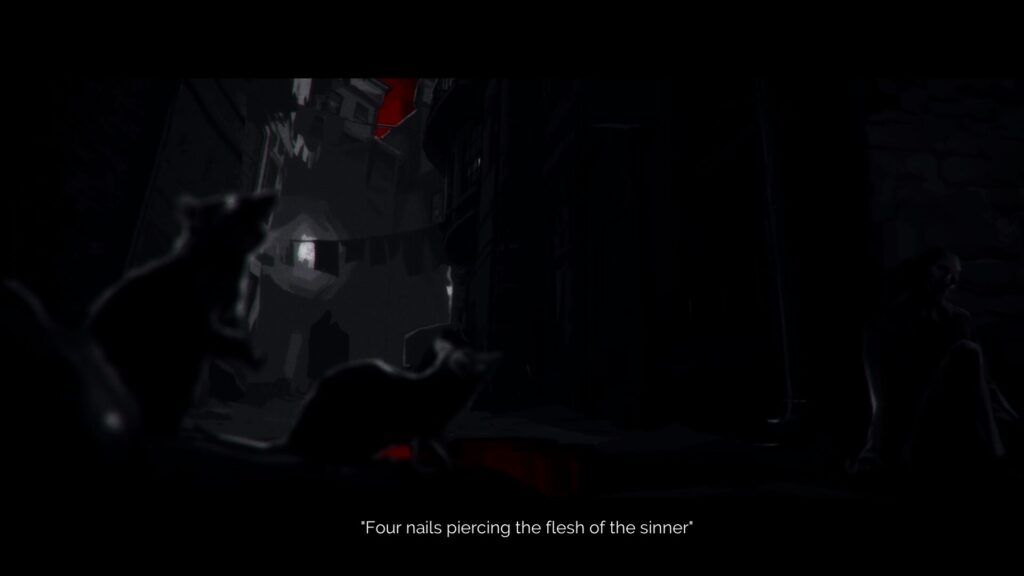
Complex Characters and Tragic Antagonists
In gothic fiction, villains are rarely simple. More often than not, they are fallen heroes, cursed souls, or beings warped by grief, guilt, or loss. Games that embrace immersive storytelling bring these characters to life in unforgettable ways.
Think of Lady Dimitrescu in Resident Evil Village: elegant, terrifying, and undeniably tragic. Or Gehrman, the First Hunter in Bloodborne, whose ending can break hearts depending on how deeply you engage with the story.
Players who take time to dig into backstories often find that the monsters are not born evil—they were made. This humanization of horror makes the narrative richer and more compelling. Every boss fight becomes a moment of reflection, every antagonist a symbol of something lost.

The Power of Symbolism and Gothic Archetypes
Immersive storytelling in gothic gaming draws heavily from gothic literature. Expect to encounter archetypes like
- The haunted protagonist
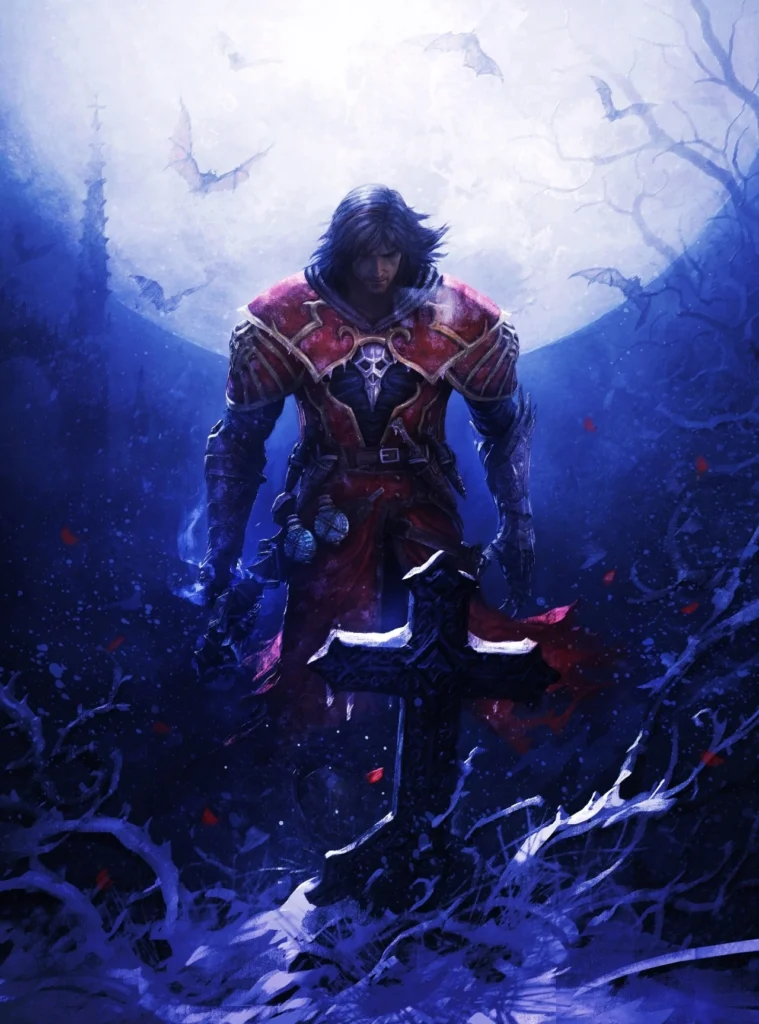
- The forbidden knowledge seeker

- The tragic villain

- The cursed bloodline

- The decaying manor or asylum
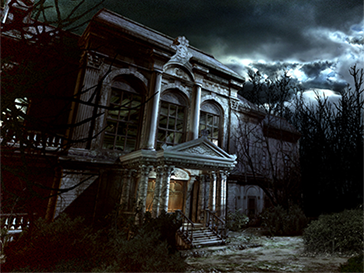
But games go a step further by letting players interact with these archetypes. In Layers of Fear, you don’t just read about the descent into madness—you play through it. In Plague Tale: Innocence, innocence itself becomes a metaphor, shattered by a cruel world.
These symbols work on a subconscious level, engaging us with fears and fascinations we may not even realize we carry. The immersive format of games ensures that players don’t just watch the fall—they fall with it.
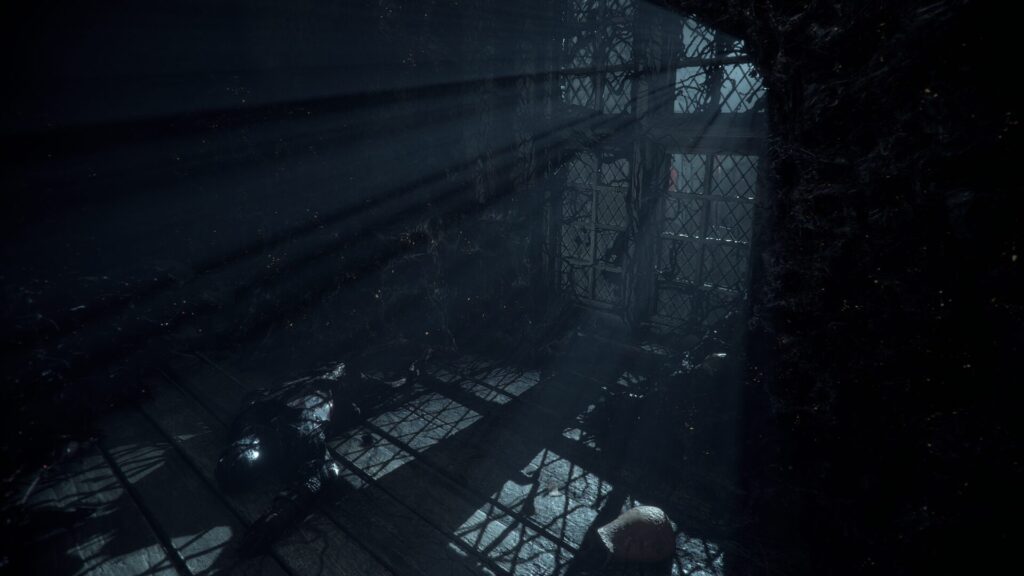
Customization of Horror: Player-Driven Narratives
In modern gothic RPGs or choice-heavy games, immersive storytelling is taken even further by giving the player narrative control. This doesn’t just enhance gameplay—it redefines the emotional experience.
Games like Vampire: The Masquerade—Bloodlines or Cultist Simulator offer branching narratives that hinge on who you ally with, what you sacrifice, and how far you’re willing to go to grasp forbidden power. The game world adapts, twisting around your path like ivy around a gravestone.
In these moments, storytelling becomes personal. The gothic becomes your own legend. And often, the consequences echo long after the screen goes dark.
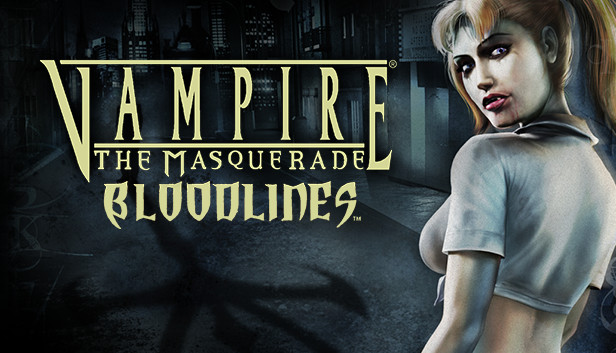
Immersion Through Audio and Visual Storytelling
Finally, we cannot ignore the audio-visual storytelling that completes the immersive gothic experience. From the chilling soundtrack of Silent Hill to the dreamlike rotoscoping in Black The Fall, gothic games use every sensory tool to embed their story into your psyche.
- Sound: A baby crying in the distance. The hum of a broken music box. Latin whispers on the wind. These are not sound effects—they are memories waiting to be triggered.
- Visuals: Gothic games lean on chiaroscuro lighting, decayed beauty, and grotesque elegance. The grotesque is not gratuitous—it’s revelatory.
Everything is intentional. Everything tells a story. And when done right, players don’t just see the tale—they live inside it.
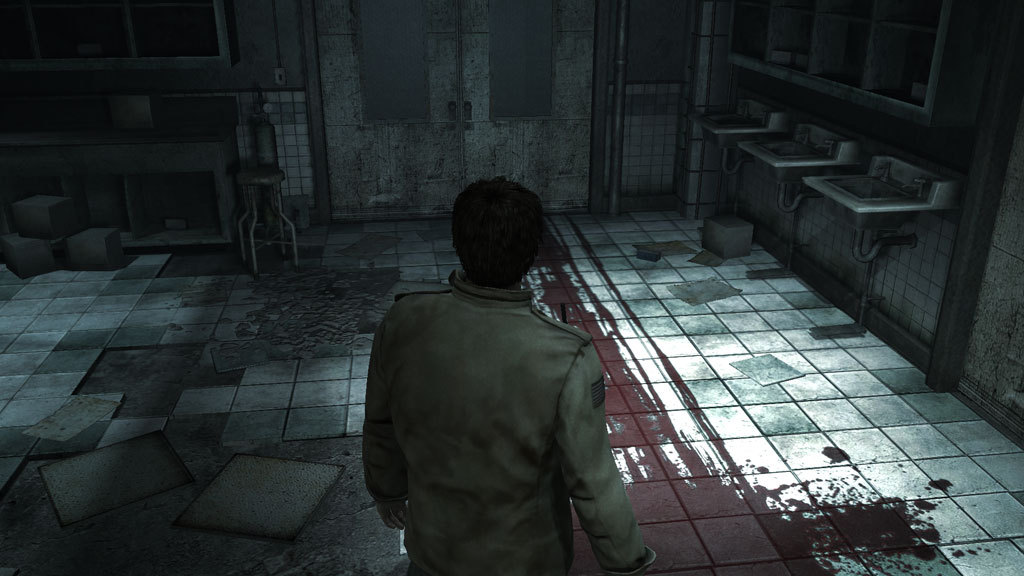
Why It Matters
Gothic gaming is more than a genre. It’s a soulful descent into immersive storytelling where horror is beautiful, tragedy is poetic, and every shadow holds a secret. These games respect the intelligence and emotional depth of the player, offering more than jump scares or kill counts. They offer experiences—unforgettable, haunting, and transformative.
As players, we don’t just want to escape. We want to feel, to learn, and to question. Gothic games, with their immersive storytelling, give us that gift—drenched in shadow, yes, but always reaching for the light of truth beneath.

So the next time you walk through a crumbling cathedral in a game or read a cryptic journal left by a long-dead alchemist, remember: you are not just playing. You are witnessing. You are participating. You are becoming part of the tale.
And in gothic gaming… the tale always remembers you.

Leave a Reply